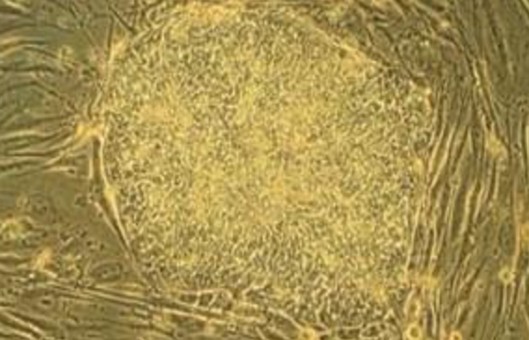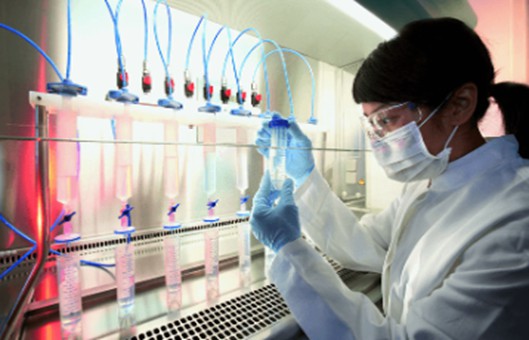Electrophysiological Detection Protocol of Neurons
GUIDELINE
The neuro-electrophysiological examination is an extension of neurological examination, which includes the examination of peripheral and central nerves, and its methods include electromyography (EMG), nerve conduction measurement, special examination, evoked potential (EP) examination, and also low-frequency electrodiagnosis, i.e. Galvanic-Faradic electrodiagnosis and intensity-time curve examination. Neurophysiological examination plays a key role in the diagnosis and evaluation of neurological and muscular pathologies and is one of the important elements and tools for rehabilitation assessment.
METHODS
- Rats are anesthetized intraperitoneally with sodium barbiturate and maintained at (37±1) °C with an electric blanket. First, a segment of the sciatic nerve close to the central end of the injured area is freed for axonal stimulation with stimulation electrodes to determine the premature transmission rate of neurons.
- The L4 or L5 ganglia are then surgically exposed.
- The spinal cord segments to be recorded are firmly fixed on a localizer in rats with double spinal cord forceps, and the epineurium and perineurium of some ganglia are removed with clock forceps under a dissecting microscope to allow neuronal protrusion under a microscopic field.
- Ganglia are infiltrated with saline at temperatures approaching 37°C.
- The microelectrode resistance is 20 MQ-40 MQ filled with 3 m KCI solution, and the electrode silver wire (including the recording electrode and the reference electrode) is previously pan-polarized by AgCl.
- The microelectrode moves forward by the pulsation of the drive, and the step size of the drive is set to 3 μm. After the electrode is inserted into the neuron, its membrane potential signal is input into an oscilloscope and BL 420 biological signal processing hardware system in parallel by a microelectrode amplifier (MEZ 8201Nihon Kohden corporation) and presented on a computer display screen by BL 420 system software.
- After the neurons are stabilized for 2 min, they are stimulated with stepped-increasing intracellular depolarizing currents at 0.1 nA-6 nA amplitude, 200 ms wave width, and 0.1 Hz frequency.
- Find out the threshold intensity (rheobase) of action potential (AP) in excited neurons. Threshold intensity refers to the minimum intracellular stimulation current intensity required to induce APs.
- The sciatic nerve is stimulated with different intensities of voltage, and the action potential voltage amplitude is 1V-50V, the wave width is 0.01 ms, and the frequency is 0.1 Hz.
- Recorded signals are filtered at a high frequency of 3 kHz and stored in a computer for statistics and analysis after experiments.
- At the end of the experiment, the recorded DRG neurons are statistically analyzed, including the measurement of the resting membrane potential of the neurons, the observation of the presence or absence of spontaneous discharges at the resting membrane potential of the neurons, and the measurement of action potential parameters.
NOTES
Depending on the type of currents to be recorded, different components of the electrode solution should also be used. For example, solutions with Cl ions as the main anion can record GABAa receptor-induced postsynaptic currents well, while solutions containing gluconate and methanesulfonate are often used in the recording of weak excitatory postsynaptic currents (EPSCs).

